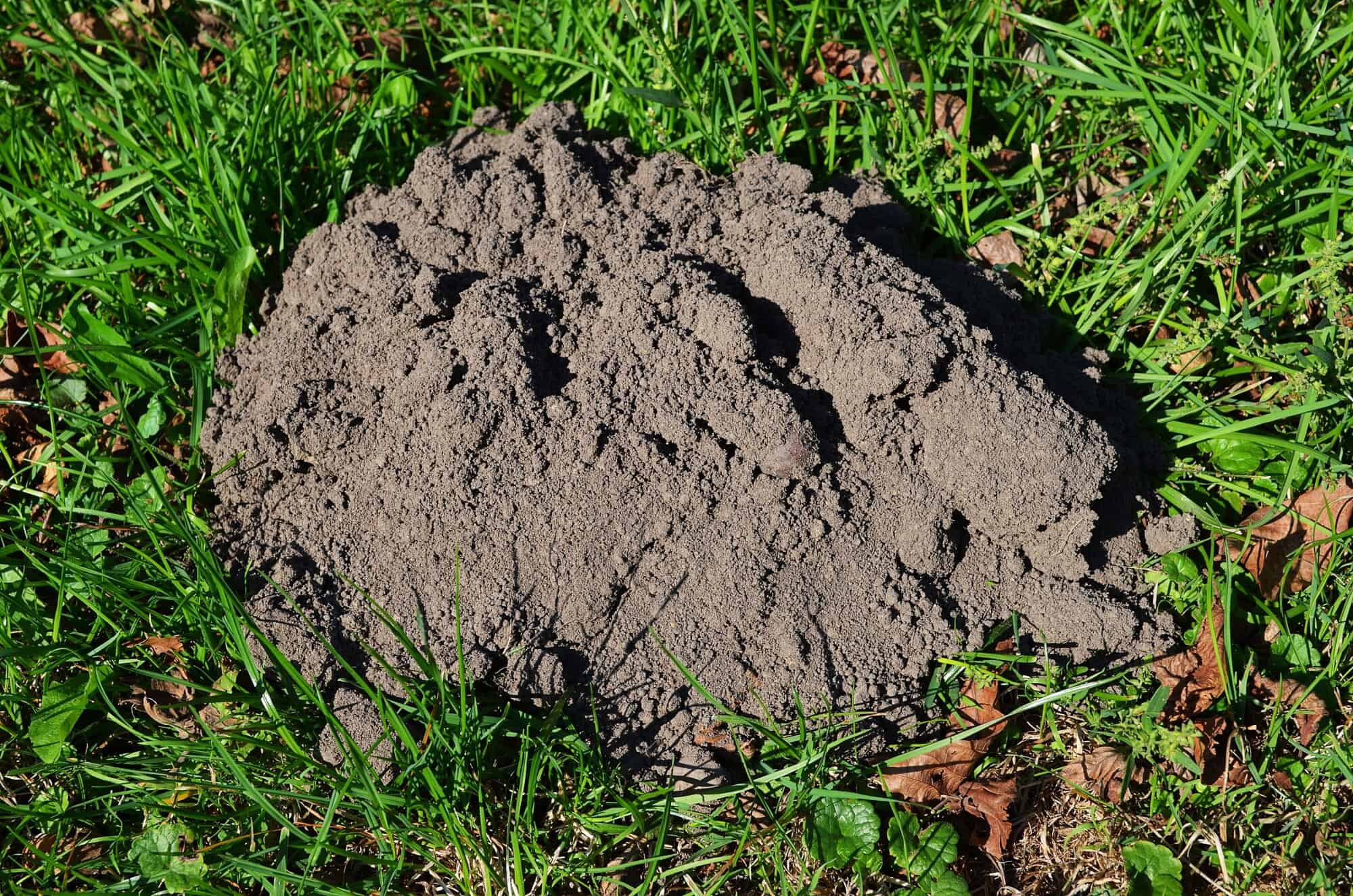Are you a homeowner?
If so, you probably invest a lot of time and energy in keeping your lawn looking as healthy and beautiful as possible. And if you’re like most homeowners, you despise any type of rodent that burrows into the ground, thus breaking havoc with your grass and flowerbeds.
Getting rid of moles might be a top priority, but it’s not easy. That’s because you need to understand the best strategy for mole removal that will eliminate the problem without destroying your lawn or endangering your family.
Here we take at how to use ground mole poison to defend your lawn against tunneling rodents that can drive you crazy.
What are Ground Moles?
Let’s start by discussing what moles are and how to identify them. A mole is a small animal that lives underground and is generally not seen by humans. They are known for digging holes and then tunneling beneath the surface, which weakens the ground, thus damaging lawns and landscaping.
You’ll typically know you have a mole problem when you notice ridges on the surface of the lawn which are caused by tunneling. They will also produce piles of dirt from digging, and the ground becomes spongy where the tunnels have hollowed it out beneath the surface.
How to Get Rid of Ground Moles
There are several techniques for getting rid of moles when you have a mole at home. But here we are going to discuss the use of poison for eliminating your ground mole problem.
Types of Mole Poison
The primary types of mole poison include bromethalin and warfarin.
Bromethalin is distributed throughout your lawn in the form of artificial worms. These worms are specifically manufactured to replicate the odor, appearance, and chemical makeup of earthworms.
Bromethalin is a combination of Bromine and fluorine, which leads to convulsions when eaten by ground moles. It’s important to note that bromethalin is sold under the name Talpirid and may require a license to purchase in some states.
Warfarin is popular for controlling rats and mice but can also be effective in eliminating lawn moles. This type of mole poison can be distributed in the form of artificial worms or injected directly into the soil using a syringe.
Zinc phosphide can also be used to kill a mole at home. This type of poison comes in pellet form and is known to kill moles very quickly, oftentimes in as little as 2 to 3 hours.
Hire a Professional Mole Control Service
The best strategy for controlling moles at home is to hire a mole control service. These are specialists who understand how to identify the problem quickly and provide a solution such as poisons or ground mole trapping that will help protect your lawn from these nasty pests.
A Guide to Using Ground Mole Poison
It’s no secret that keeping a lawn of any size looking great requires a lot of work, discipline, and a basic knowledge of lawn care. You also need to understand how to cope with pesky rodents. Fortunately, this guide to using ground mole poison will help keep your lawn in top condition throughout the year.
Please contact us to learn more about eliminating moles from your lawn quickly and efficiently.






